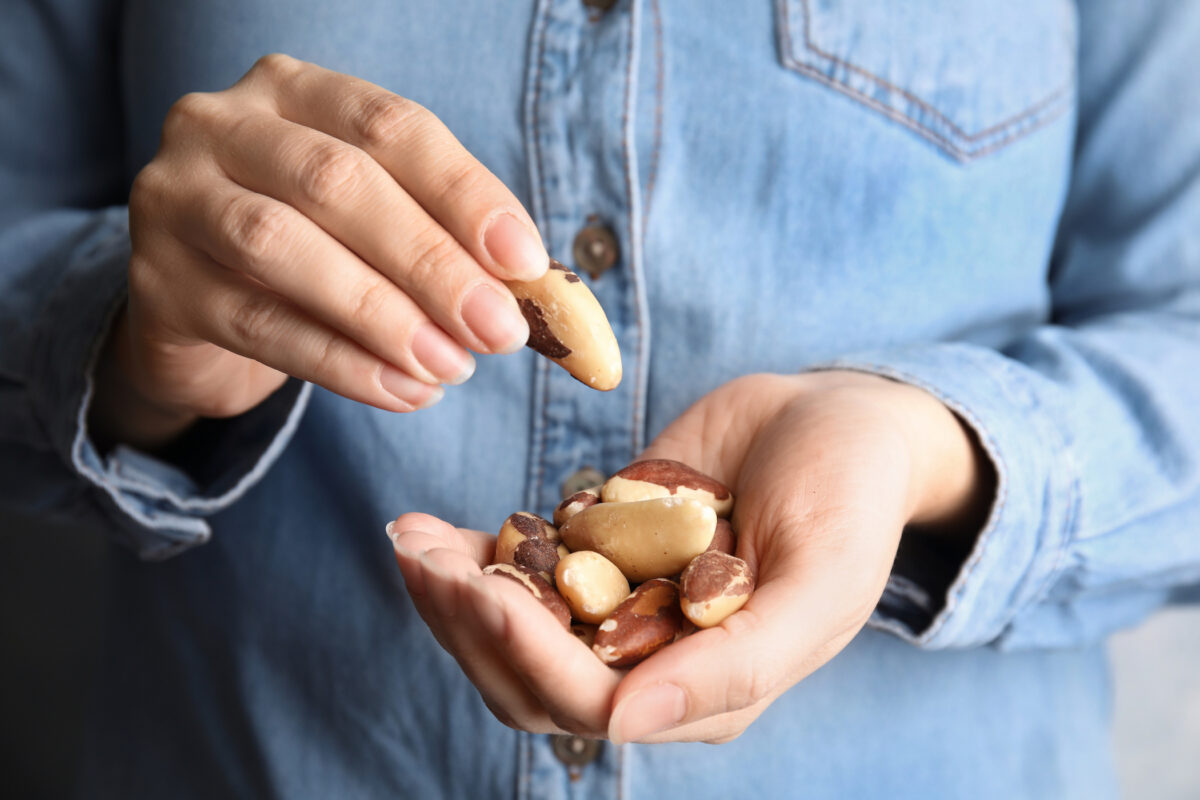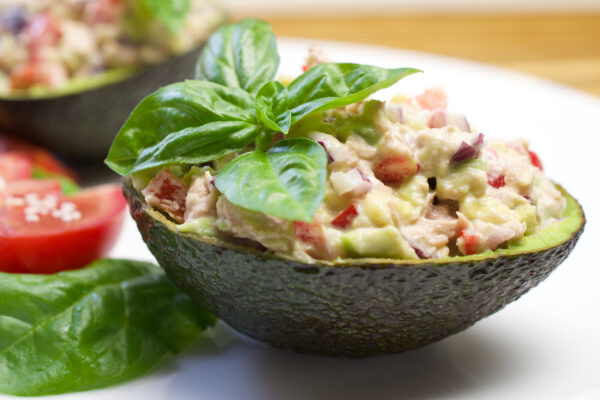


“Snacking” has a bad reputation, but it really shouldn’t. After all, it’s not synonymous with junk food.
Cookies, chips, and chocolate bars might have stolen the spotlight, but they are not the only snacks out there.
Snacking can be healthy. If you have Type-2 diabetes or prediabetes, snacks can be essential in helping you manage blood sugar levels.
Diabetes is a condition where your body doesn’t make enough insulin to move glucose—sugar—into cells for energy. Sugar can instead stay in the bloodstream and lead to high blood sugar.
Food choices, however, can help manage blood sugar. Snacking in between meals can help regulate sugar metabolism to keep levels in check. The key to smart snacking is eating nutrient-dense foods.
Reaching for foods with fiber, healthy fats, vitamins, minerals, antioxidants, and protein can all help keep blood sugar in check. These foods generally won’t spike blood sugar, yet they can provide energy and keep you satiated. This can ultimately prevent overeating and potentially dangerous fluctuations in blood sugar.

Republished from BelMarraHealth.com
